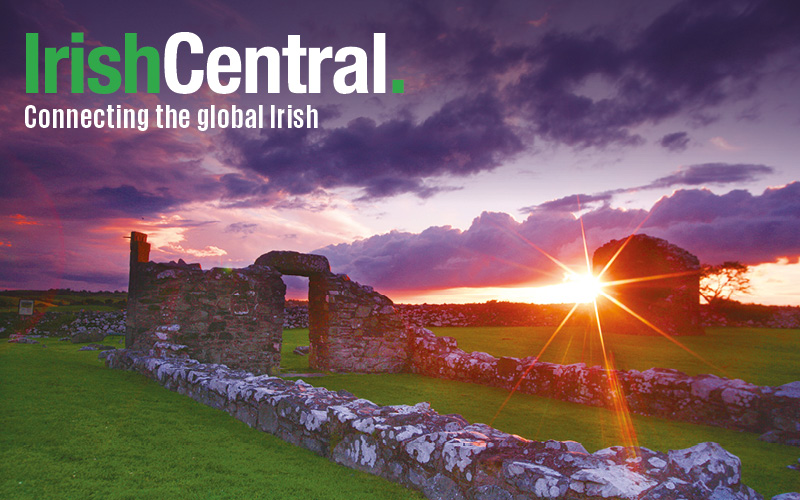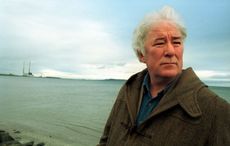American novelist, Wallace Stegner, writes that “no place is a place until it has had a poet” - or someone singing songs about it.
For years, before I immigrated to America, I knew about its diverse places largely through songs on the radio. I wanted to stand “on a corner in Winslow Arizona,” because The Eagles said it “was such a fine sight to see.” And then I wanted to head north, to the San Francisco of Van Morrison’s “St. Dominic’s Preview” and find “the Safeway supermarket in the rain.” And, I wanted to “touch down in the land of the Delta Blues in the middle of the pouring rain,” to go walking in Marc Cohn’s Memphis, to visit Graceland, not because of Elvis, but because of Paul Simon, and to look into Room 306 at the Lorraine Motel, now part of the National Civil Rights Museum, and contemplate that awful morning when “shots rang out through the Memphis sky.” In the name of love...
Landing on one of the places we know in poetry or song is perhaps a bit like realizing as you carve your name in the trunk of a chestnut tree, that so many before you did the same thing. Just as we mark the places in which we live out our lives, so too do these places leave an indelible mark on us. In fact, if you were to ask me to draw a map of my child-world, you would find many of poet, Seamus Heaney’s places marked on it. I belong to those places too, and they belong to me - Castledawson, the Moyola river, the thorny briars around the hayfields where blackberries ripened, or inside a tiny kitchen on a Sunday morning, a sink full of potato peelings. Heaney is what Wendell Berry would surely call a “placed person,” to prove that: if you know where you are, you know who you are.”
This intersection of place and poetry is celebrated in the Dublin: One City One Book initiative, now is in its ninth year. Led by the city’s public libraries, it encourages everyone to read a book connected with Dublin during the month of April. This year's choice is an impressive anthology of poetry: If Ever You Go: A Map of Dublin in Poetry and Song. Edited by Pat Boran and Gerard Smyth, the book invites readers to take a virtual tour of Dublin, down its streets broad and narrow. Anthologized in three sections - The Liffeyside, The Northside, and The Southside – the poems and song celebrating the places and people of Dublin’s fair city. All the landmarks are there: Bewleys. Molly Malone, the GPO. Grafton Street. The Book of Kells. O’Connell Street. Trinity College. The Ha’penny Bridge. The Liffey. Temple Bar.
If Ever You Go . . . is a treasure chest, where the reader will find all the literary luminaries - Yeats, Joyce, Beckett, Swift - rubbing shoulders with Thin Lizzy front-man Phil Lynott. When I found the lyrics to Bagatelle’s “Summer in Dublin,” I was transported back to a sunny Saturday afternoon in Dublin, “everyone looking so well," buskers in full song because the Ireland football team had qualified for the World Cup. Then, on page 279, a brand new jewel, a previously unpublished four-liner poem by our beloved Seamus Heaney. In “Dublin 4” he evokes again his place, rural Derry, the DART line reminding him of those long-ago trains running through the fields at night, “like promises being speedily withdrawn.”
Heaney lived in Dublin, along the same Sandymount Strand that Stephen Dedalus walked in Joyce’s Ulysees, but Derry – home – seems ever-present., “something else the tide won’t wash away.” With breathtaking brevity, Heaney proves again and forever that poetry matters. Place matters,.
On April 23rd, World Book Day, Dublin will pay tribute to Seamus Heaney at the National Concert Hall.




Comments